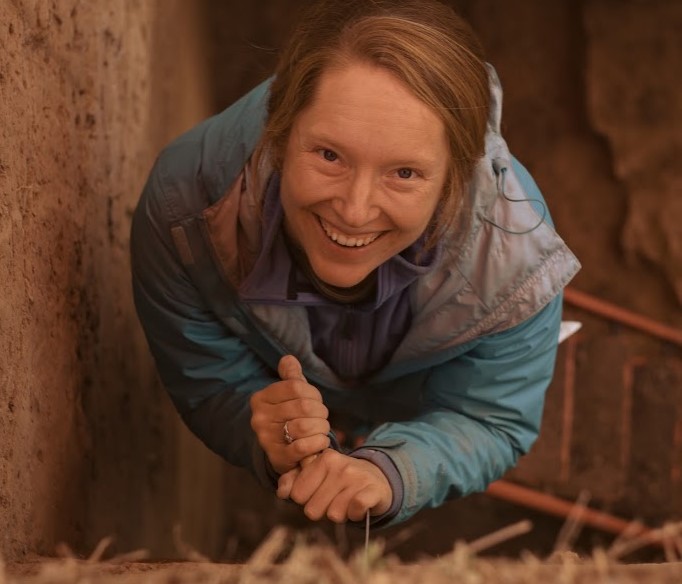Bio
I an environmental archaeologist whose research examines the longue durée of land tenure and food security. Much of my work focuses on understanding the relationships between cultural keystone species and past people, specifically drawing on archaeological methods and data to inform contemporary livelihoods. I use paleoethnobotanical, geoarchaeological, and computational tools to answer these questions. I am further strongly committed to collaborative, inclusive, and multivocal archaeology and anthropology, and to bridging gaps between cultural resource management, academia, and the communities who have lived in the North American Northwest since time immemorial.
Much of my recent research has prioritized camas (Camassia spp.), an edible bulb common throughout the North American Northwest. My work identified that this plant was managed or stewarded by Indigenous peoples over the past 3,500 years through distinct selective harvesting practices; but that despite significant human input to the lifecycles of these plants, we have no phenotypic evidence that camas was domesticated. Going forward, my collaborators and I are working on understanding three things about Northwest peoples diets in the past: what were people eating in conjunction with camas, further expanding on how they were manipulating, managing, or stewarding past camas communities and ecosystems, and understanding the ways past climate regimes affected those management practices. This work prioritizes collaboration with tribal nations and state and federal agencies, with a goal of creating informed management plans for camas that account for millennia of human input as well as future global warming and aridification. This work is also designed with my close collabortators at the Kalispel Tribe to contribute to ongoing Indigenous food security movements and revitalizations.
I recently began a related interdisciplinary project exploring the long-term socio-environmental dynamics between Salmonidae species and Northwest Coast peoples. Conducted in collaboration with several other biologists and geologists, we seek to reconstruct salmonid life-history strategies using archived collections paired with genomic reconstructions and isotopic analyses of salmonid vertebrae. This collaborative project also seeks to contribute to contemporary Native American food security and health by working with descendent communities to look critically at conservation decisions, hydroelectric dam viability, and ensure salmonid future food availability.
My interests in human-environment dynamics extend to understanding past built environments. I also have research interests in the architectural signatures of past Columbia-Fraser Plateau places and employ feminist, Indigenous, and agency-focused lens’ to reframe past and present discussions on regional household archaeology and non-residential past structures.
I am currently an assistant professor at the University of Arkansas where I run the Paleoethnobotany Lab. Previously I was a Washington Research Foundation Postdoctoral Fellow. I earned my PhD at Washington State University in Anthropology in 2021 where I was awarded the Harriet B. Rigas Award for Outstanding Doctoral Students. At WSU I founded and continue to run the Cultural and Historic Guide to Northwest Native Plants, a digital community for ethnobotanists and archeobotanists.
I am currently accepting graduate students - if you are interested in any of these projects or related areas, please reach out. Some funded opportunities are available.
